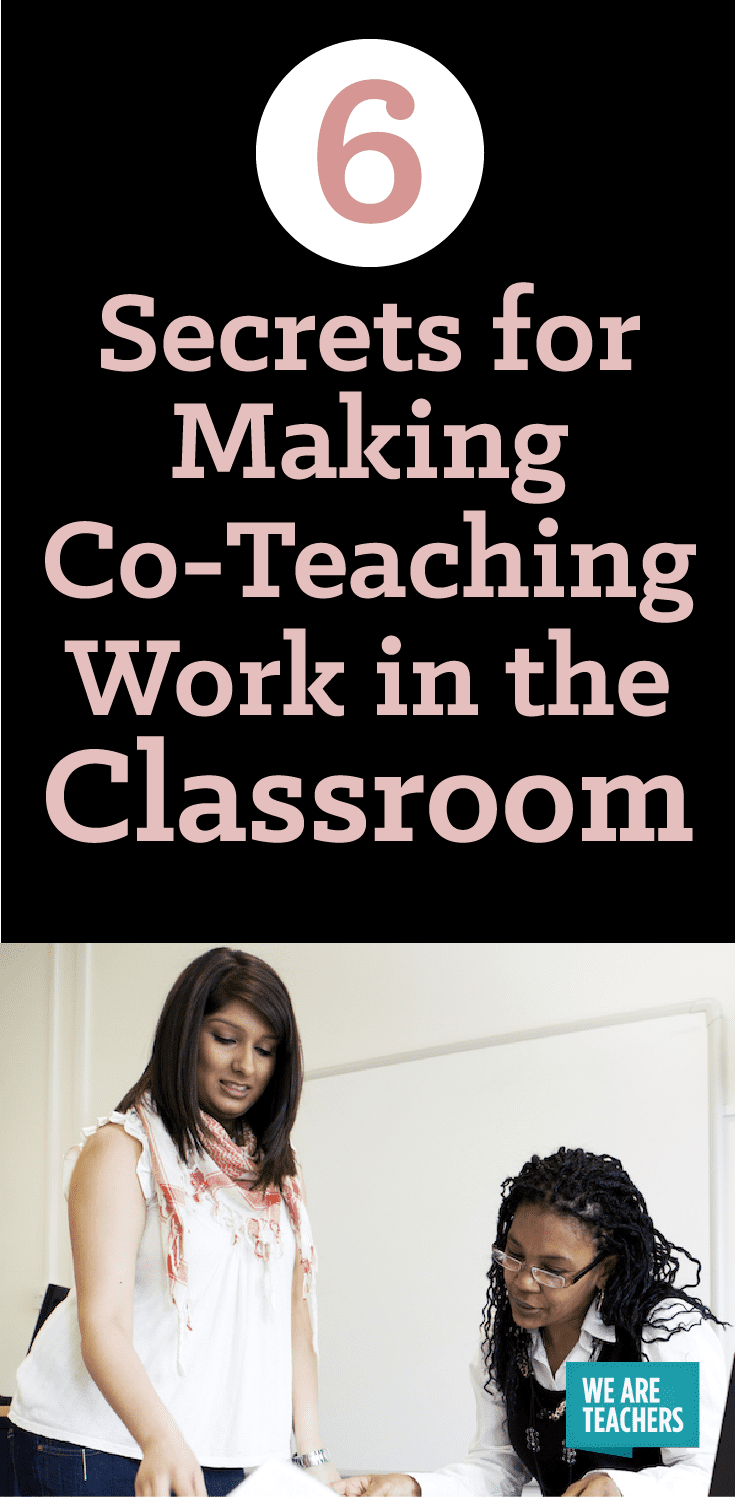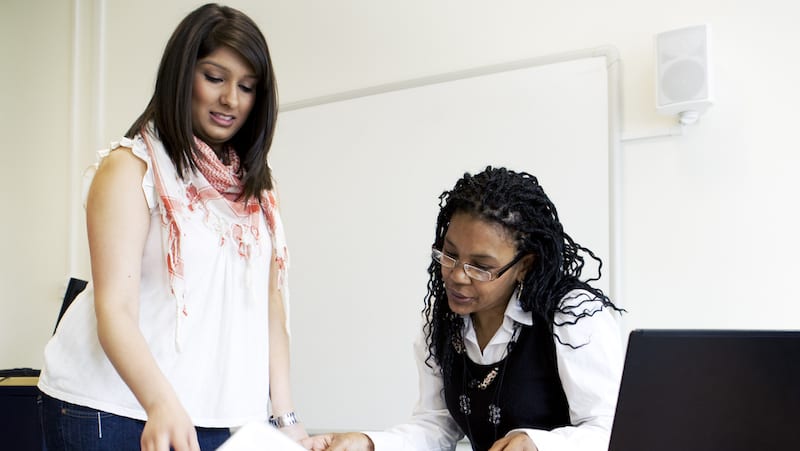Valley High School: my first full-time teaching gig, my first true love. My colleagues and I were passionate about our low-income school where the free and reduced lunches and special education population were twice the size of those in neighboring districts. It was an uphill battle, but varied instruction and performance-based assessments finally began churning out the results we had worked for. Though try as we did, there was still a piece of the puzzle missing; our struggle to best serve students with learning and behavioral disabilities continued.
Searching for a way to meet the needs of all learners, we threw our hats in the co-teaching ring. It was a risky venture that meant the majority of our special needs students would be pushed into a regular classroom. Erin, special education, and I, Language Arts, were among the first to co-teach, a fairly new method on the scene in 2004. At that time, there wasn’t much research about the success or proper implementation of co-teaching, but our administration was supportive and we were excited to find a new way to reach more students, so we hit the ground running. Ultimately, teamwork made the dream work.
All of our students, especially those with learning disabilities, benefited from our co-teaching, and I credit these six tips for the success:
1. We were a true team.
There are several models of instruction under the co-teaching umbrella. Erin and I followed the team-teaching model so we were equally involved in all facets of the classroom. From planning and instruction, to leading discussions and handling discipline, we shared all responsibilities.
2. We became each others’ students.
Never having taught some of the literature, like The Odyssey, Erin wasn’t familiar with a lot of our reading assignments. Committed to the core of team-teaching, Erin initially participated in the lessons like a student, reading, taking notes, and asking questions. I truly believe her efforts to master the content served as a fantastic model for our students; they witnessed her dedication to learning and followed suit.
3. We presented a united front.
Like a good rubric, our expectations for learning and behavior were clear from the beginning of the year, and remained consistent throughout. Erin and I didn’t play good cop/bad cop, so the students couldn’t pin us against one another. The structure of the classroom really helped our lower level learners flourish. Over time, we even began anticipating each other’s next move and completing one another’s sentences.
4. Our school was behind us.
All core subjects eventually implemented a model of co-teaching. It became our school’s norm, and students came to rely on the benefit of a two-for-one deal in their classrooms!
5. We made time for collaboration.
Our administration modified Monday morning schedules to allow for more weekly collaboration time, and during that first year, part of our Professional Development days were dedicated to researching and practicing the various co-teaching models. And full disclosure: Erin and I collaborated during many a Happy Hour! Some of our best ideas came to us on the heels of greasy appetizers and Friday drink specials!
6. We were friends IRL.
When your professional relationship blossoms into a true friendship, it takes co-teaching to a whole new level. You know how you feel watching your favorite team win? It’s like that for students in an effective co-teaching environment. Turning a working relationship into a personal one certainly is not a requirement, nor does it always come easily or naturally, but when you truly care about the person with whom you share the heavy responsibility of educating at-risk students, things just click. I know that’s what made a difference in our classroom.
Our attendance improved, as did class participation and academic performance. Learners with disabilities gained new confidence and some were willing to try for the first time. All of our students rose to meet new challenges in the classroom because they felt supported. Of course it took a lot of time and collaboration for Erin and me to find our co-teaching groove, especially in the beginning, but the great risk of initial uncertainty yielded great results for everyone.


